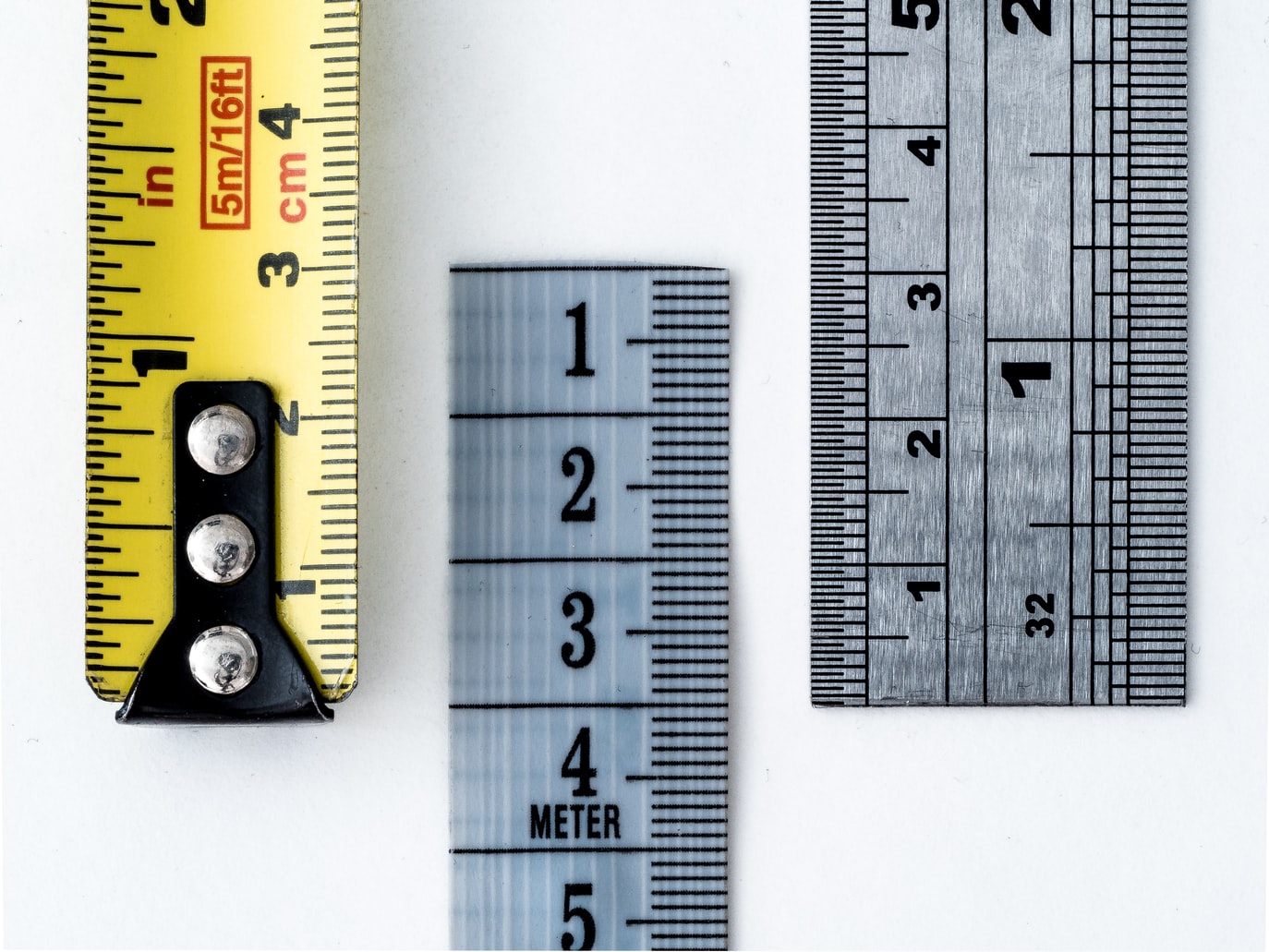

Today’s Morning Buzz is brought to you by Ido Ivry, co-founder and CTO of Zencity Follow Ido on Twitter and LinkedIn.
What I’m Reading: Magellan, by Stefan Zweig
What I’m Listening to: Revolutions, a podcast on… historic revolutions which makes me appreciative of how uninteresting our times are. Perspective is everything.
What I’m Watching: mostly random stuff. I’ll figure out what to binge next week 🙂
This short write-up has been living in my head of the past few years, and every once in a while it echoes again, so I decided to go ahead and put them in writing. I may continue this line of thoughts in the future, especially if I can get a discussion going.
What can’t be measured
Management thinker Peter Drucker famously said, “If you can’t measure it, you can’t manage it” – – yet there are many areas of responsibility in local government life that are only sporadically measured. Dealing with measurement, setting objectives and KPIs (Key Performance Indicators) inside my own company has revealed that this simple statement is much harder to achieve in practice for some outcomes. Why? there are numerous reasons, including deciding what exactly to measure, scarcity of data, overcoming cultural barriers (e.g. some organizations and people have easier buy-in to being accountable) and resources needed to invest in setting goals and measuring them constantly.
In other words, some things are hard to measure, but this doesn’t mean they should not be measured. And above many such local government outcomes, I’d say I have a special place to measuring improvement in the quality of life.
Let’s talk Quality of Life (QoL) measurement
First, I want to establish that one of the most desired outcomes for great local government work is improving quality of life for residents. There are, of course, other good outcomes, like financial stability, transparency, good governance and many other outcomes, but in the last few years, working with over 200 local government organizations and talking to many, many smart people, I didn’t see a lot of work being done to define what quality of life means on a local government level, and how to measure, benchmark and improve it.
As an outcomes measurement enthusiast, I see some interesting work done on a worldwide level by large orgnizations, like the World Happiness Report, measuring happiness as a combination of six factors (GDP, life expectancy, generosity, social support, freedom, and corruption) and the UN SDGs measurement, measuring the world’s progress towards a common set of sustainable development goals.
But you and me (=ELGL fans \o/ \o/) know, that things “get real” on the local government level, so why doesn’t a common quality of life standard exist? Sure, I’ve seen some indications that it’s interesting (like this ICMA article and Bloomberg’s What Works Cities has explicit goals and measurement as part of their certification criteria). But can there be an agreed-upon standard about what QoL is in a city or a county (or a township, or…), and how to improve it?
I argue that there must be, and although I have no clear definition for it, I’d love to get the conversation going. So, what are my initial thoughts on a QoL measure?
- Focused on outcomes – a good measurement is focused on results, not inputs, so “amount of $s invested in public safety” is not a good measure, but feeling of safety and community-wide trust in public safety organizations are.
- Relatively simple to measure – in order for a standard to be useful, many local governments have to adopt it, and for that to happen, it has to be realistic to measure, without a lot of moving parts and focusing on things any local government can measure without a need for dedicated systems or people.
- Connected to existing plans – for a measure to be effective, it should be able to be referenced, and set as a goal, by strategic planning happening in local governments. So it needs to be connected to actual day-to-day work being done by local government.
- Have enough context to enable learning – measurement for the sake of measurement is, of course, a waste of resources. So ideally, such a measurement system will allow to account for situational context, meaning not only numbers, but actions, policies and circumstances that “moved the needle” in a positive or negative directions.
Our world is changing in dramatic ways. In our troubled times, it’s even more important to have goals and maintain a steady direction. It’s a long term goal of mine to be involved in measuring and benchmarking quality of life outcomes, so if you have similar interests, know about thought provoking work being done or just want to brainstorm, please reach out!
Happy holidays and here’s hoping our collective QoL improves in 2022!
Image credit: William Warby @wwarby
